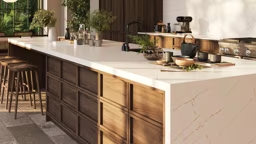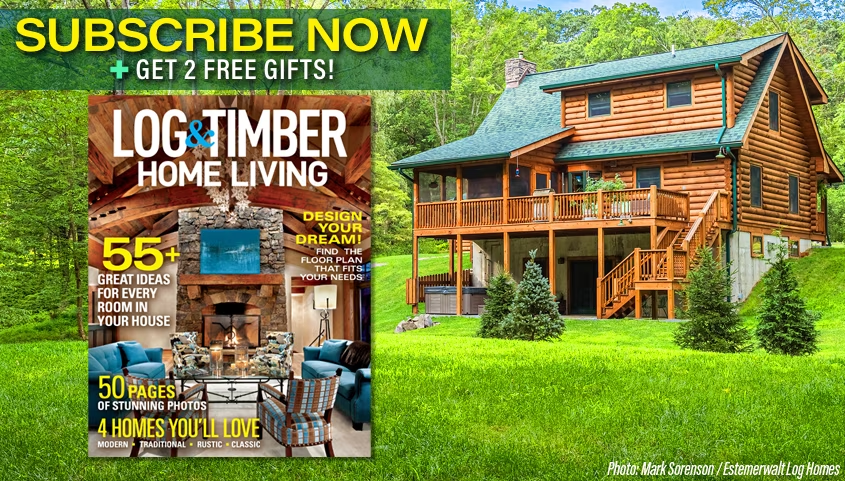
Photo: Roger Wade / Honest Abe Log Homes
Question:
What are the pros and cons of an interior versus exterior chimney? We’re working on a limited budget and need an option that won’t break the bank — either with construction costs now or fuel bills later.
Answer:
Although many homeowners prefer to tack their chimney to the outside of the house to maximize floor space inside, a properly designed interior chimney will almost always heat your home more efficiently and will require less maintenance than one that’s on the exterior, according to the Chimney Safety Institute of America.
It makes sense. If your chimney is located inside, any heat lost from the mass of the chimney itself stays within the room. If your chimney is on the outside of your home, you not only lose that heat to the outdoors, cooler exterior temps could penetrate your chimney. A fireplace must maintain a very high temperature for the fuel to combust completely, but exterior chimneys exposed to cold weather and wind tend to foster cooler burning temperatures. As a result, creosote (a tarry buildup created by incompletely combusted oils found in wood and fossil fuels) can accumulate, causing a fire hazard. A well-ventilated, centrally located chimney is more likely to burn cleanly, reducing your energy bills and maintenance needs.
To maximize efficiency, position your fireplace within the center of your home and extend the chimney through the ridge of the roof, ensuring it rises at least 3 feet above the roofline and 2 feet above everything within a 10-foot perimeter.
See also: Are Geothermal Heat Systems Efficient?











